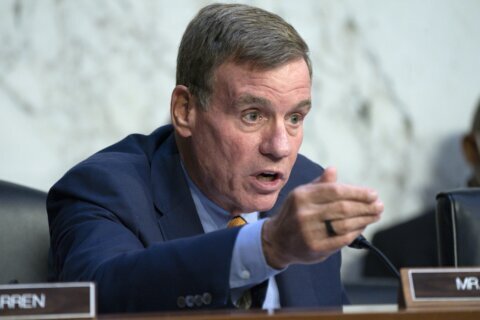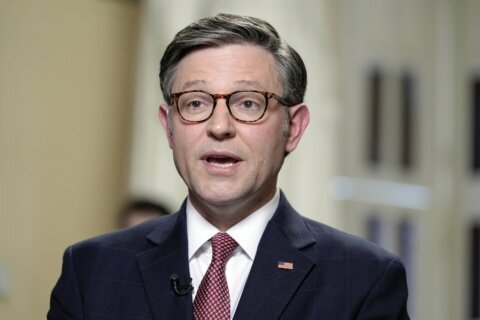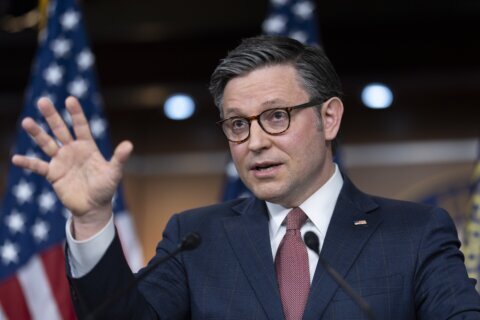Acting U.S. Capitol Police Chief Yogananda Pittman apologized to members of Congress on Tuesday for the deadly attack on Jan. 6, saying the department failed to adequately protect lawmakers and the Capitol.
“Let me be clear: The department should have been more prepared for this attack,” Pittman said in her testimony to the House Appropriations Committee.
She said by Jan. 4, the department knew that the Jan. 6 event would not be like previous protests of 2020 and that militia groups and white supremacist organizations would be attending.
“We also knew that some of these participants were intending to bring firearms and other weapons to the event,” she said. “We knew that there was a strong potential for violence and that Congress was the target.”
Pittman said that while preparations were made, “we did not do enough.”
In closed-door testimony, Pittman offered the most extensive details to date about what was done — and not done — by the department in connection with the rally and rioting on Jan. 6.
Her testimony, included in a five-page statement, was first reported by the New York Times.
“I am here to offer my sincerest apologies on behalf of the department,” she said, saying that the department “failed to meet its own high standards as well as yours.”
Pittman was not chief at the time of the attack, which occurred after former President Donald Trump and others egged on a pro-Trump crowd near the White House which then made its way to the U.S. Capitol.
Former Chief Steven Sund resigned after the attack occurred.
Many Capitol Police officers have said they had little guidance from police leaders as the rioters went through barriers and broke into the U.S. Capitol.
Pittman said that Sund had requested on Jan. 4 that the Capitol Police Board declare a state of emergency and authorize a request to get support from the National Guard.
The board, which includes the House sergeant-at-arms and the Senate sergeant-at-arms, denied the request. But Pittman said Sund was encouraged to contact the D.C. National Guard to see how personnel could be sent to the U.S. Capitol on short notice.
She said he did so, and also worked with acting D.C. Police Chief Robert Contee.
The two people serving as the House and Senate sergeant-at-arms at the time of the attack have both resigned.
Pittman told lawmakers there were more than 1,200 Capitol Police working when the rioting occurred, but that they were “no match” for the insurrectionists.
“In my experience, I do not believe there was any preparations that would have allowed for an open campus in which lawful protesters could exercise their First Amendment right to free speech and at the same time prevented the attack on the Capitol grounds that day,” she said.
But despite the challenges, “The attack could have been overcome with additional preparation.”
Pittman said once it became clear the mob was getting too close to the Capitol, she ordered a lockdown of the building.
But windows were smashed and entrances were breached. Many of those who broke into the Capitol went on social media to flaunt what they did.
Ultimately, five people died in the attack, including Capitol Police officer Brian Sicknick.
Pittman said many officers performed “valiantly” in efforts to try to hold off the mob. She said many are suffering from PTSD and are being offered counseling services.
Ashli Babbitt was shot by a Capitol Police officer as she tried to climb through a broken window just feet from the House chambers.
A wide range of congressional and federal investigations and reviews are underway to determine what went wrong and develop recommendations so an attack like the one on Jan. 6 will never happen again.
“I believe the multiple reviews … will conclude that the Capitol’s security infrastructure must change and that the department needs access to additional resources — both manpower and physical assets,” Pittman said.








